Tidal FAQ: Everything You Need To Know
Here's what you need to know about Tidal, the upstart streaming music service that is fighting Spotify with lossless audio and exclusive content.
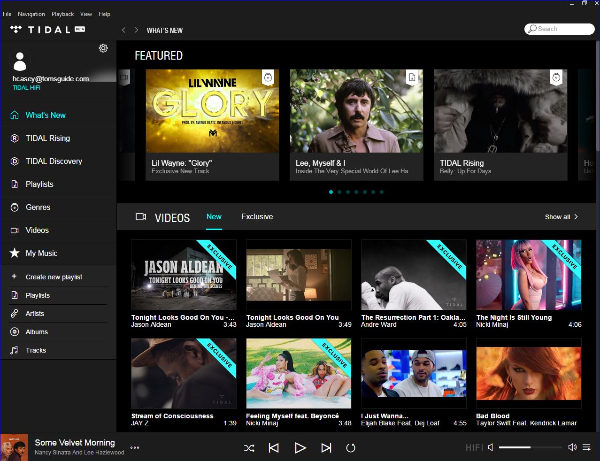
Now that streaming music app Tidal has come to Windows and Mac, it's time to explain the features behind the service that Jay Z bought to knock Spotify off of its throne. While streaming is the current dominant means of music distribution, there are many questions that will decide Tidal's fate. Is the service's lossless audio and exclusive content enough to woo Spotify users away? Has Taylor Swift played kingmaker with her digital library? Most importantly: is there enough room for more than one streaming service to succeed?
Time will decide the latter, but, for now, here's everything you need to know about Tidal.
What is Tidal?
Tidal is a music subscription service, which was offers CD-quality tunes and music video content. Tidal was released by Australian media company Apiro, which earlier this year was acquired by rapper/entrepreneur Jay Z (who goes by Shawn Carter on his taxes).
How is it different from Spotify?
Tidal was launched as a service for the most discerning music lovers. Both programs offer bitrates of 96 and 160 kbps, but, while Spotify maxes out at 320 kbps, Tidal offers a lossless 1411 kbps option to please hardcore audiophiles.
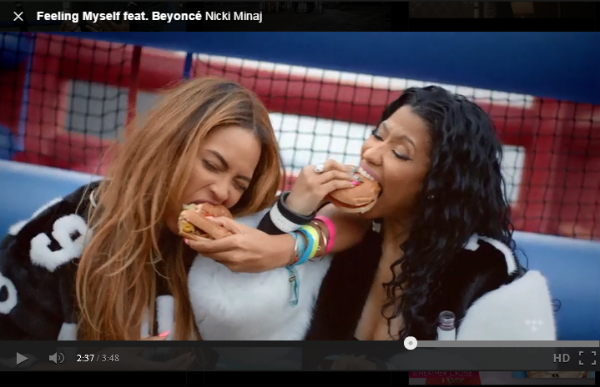
Most prominently, Tidal has deals for exclusive content from major artists, including a live concert from Jack White, the Feeling Myself music video from Nicki Minaj and Beyonce and Daft Punk’s 1996 film Electroma. None of these are currently available by any other means of legal digital distribution.
MORE: Best Streaming Devices and Services
Also, Tidal boasts the music of Taylor Swift the most high-profile Spotify ex-pat. However, while Tidal does let you listen to Swift’s new "Bad Blood" remix featuring Kendrick Lamar, the streaming service does not feature Swift’s most recent album, 1989. It turns out albums gotta sell, sell, sell, and not be streamed.
Sign up to get the BEST of Tom's Guide direct to your inbox.
Get instant access to breaking news, the hottest reviews, great deals and helpful tips.
While Spotify offers premade playlists based on genre or mood, and radio stations that it builds based around an artist you like, Tidal offers both mood-oriented playlists and playlists that are crafted with more of an editorial voice. That includes weekly TIDAL Ten playlists, which collect its editors' ten favorite new songs of the week.
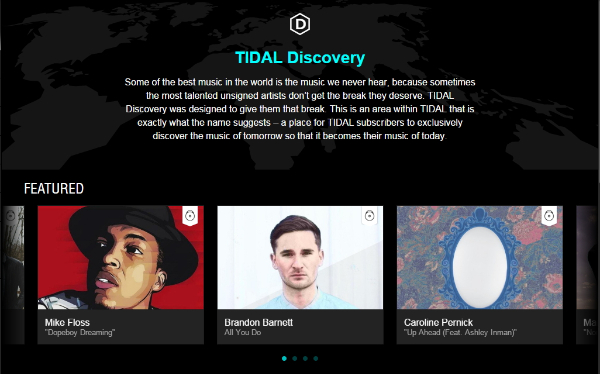
Tidal has not one, but two sections dedicated to artists that aren’t already dominating the radio. Rising is for artists that the editors of Tidal approve of, even though the artists do not have large fanbases yet. The Discovery section is there for musicians who aren’t signed to a record label yet, but have made an agreement with Tidal. Spotify may have an Essential Indie playlist, but it’s front loaded with established artists such as The Arcade Fire (two members of which are Tidal investors), St. Vincent and The Shins.
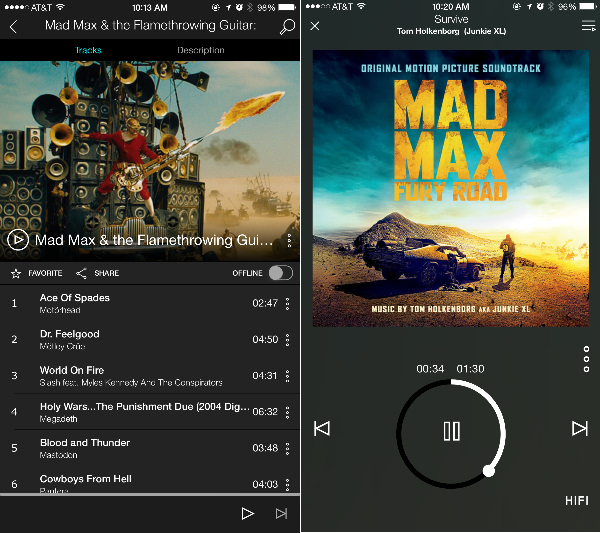
Tidal also offers artist-curated playlists, which may be similar to Apple's rumored upcoming iTunes Radio Celebrity DJ feature. Jay Z and Beyonce have each published their own Summer-themed seasonal lists, and fellow Tidal investor Usher has a two-part How U Hear It series.
There are also playlists from athletes, all of which who, coincidentally, are signed to Jay Z’s Roc Nation Sports talent management company. Other playlists range from academic ("A History of the Blues:1920-2000") to entertaining ("Mad Max & the Flamethrowing Guitar: A Badass Salute" collects 40 tracks of some of the most beloved riffs in rock and metal history).
How can I get it?
Tidal is available for streaming in Firefox, Safari and Chrome, though lossless streaming is only available on Chrome. It is also available as a downloadable app on iOS 7 and up, and Android 4.4.4 and up. A beta version of the app has just been released for PC (Windows 7 and up) and Mac (OS X 10.6 and up).
How much does it cost?
After a one month trial, Tidal’s starting price is $10 per month, and audiophiles can upgrade to Tidal HiFi $20, which offers lossless audio streaming. If you activate your subscription through the iOS app, Tidal will cost $13 standard or $26 for HiFi, because of the 30 percent cut that Apple takes of all in-app purchases. Tidal offers special pricing for college students: $5 for standard and $10 for HiFi.
While Tidal HiFi costs twice as much as Spotify, Tidal sells that price on the lossless audio and its intent to compensate artists at a better rate than its competition. That philosophy is questionable, though, as Tidal’s press conference was a who’s who of richer-than-rich musicians, including Madonna, Kanye West, Jay Z, J. Cole, Beyonce and Coldplay’s Chris Martin.
How does it work?
Much like Spotify, listeners can choose to either stream songs or save them for listening offline. With its Offline Music tab on mobile devices, Tidal makes it easy to view only the songs you’ve downloaded, a feature Spotify lacks.
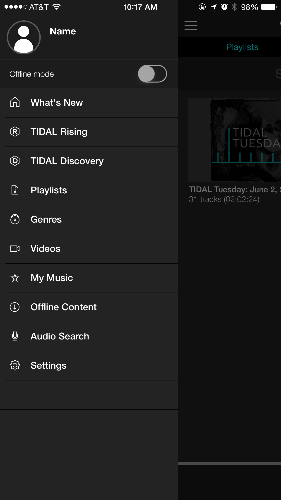
How great does it sound?
In my testing at home, I listened to a variety of songs on Tidal with lossess HiFi enabled through a pair of Audioengine A2+ speakers (which are nice, but nothing fancy). The sound was better than that of Spotify at its highest sound quality (320 kbps), but not great enough to justify twice the cost.
What is it missing?
There are odd gaps in Tidal, as there are in most services. For example, of the three movie scores that Trent Reznor and Atticus Ross have made for David Fincher, only that of Gone Girl was available, with those of The Social Network and The Girl With The Dragon Tattoo absent.
- Best Streaming Services - Netflix, Hulu, Amazon and More
- Spotify on PS4 Is Music Nerd Heaven
- Best Headphones
Henry T. Casey is a Staff Writer at Tom’s Guide. Follow him on Twitter @henrytcasey. Follow us @tomsguide, on Facebook and on Google+.

Henry is a managing editor at Tom’s Guide covering streaming media, laptops and all things Apple, reviewing devices and services for the past seven years. Prior to joining Tom's Guide, he reviewed software and hardware for TechRadar Pro, and interviewed artists for Patek Philippe International Magazine. He's also covered the wild world of professional wrestling for Cageside Seats, interviewing athletes and other industry veterans.
